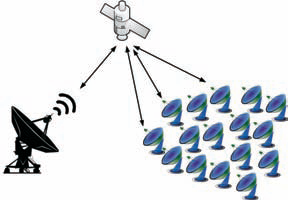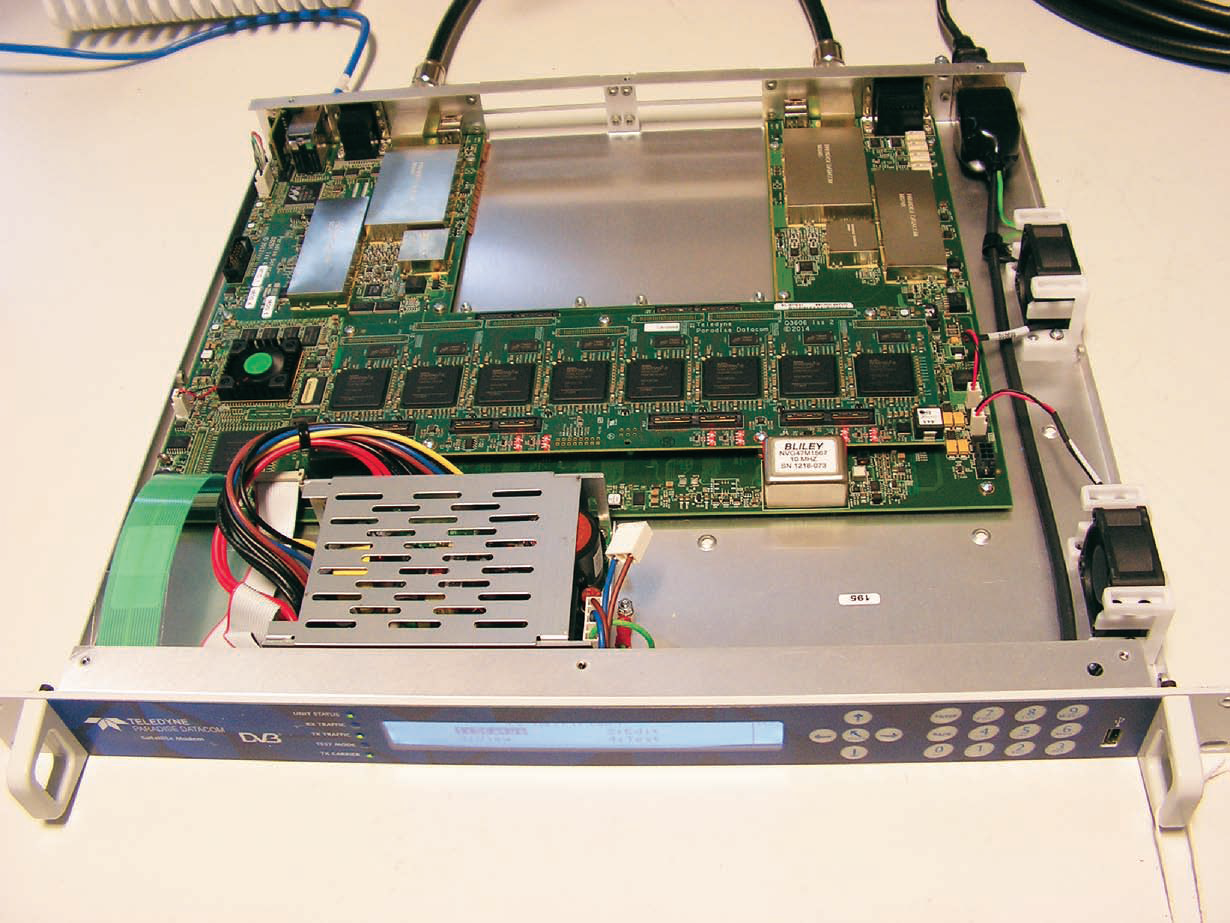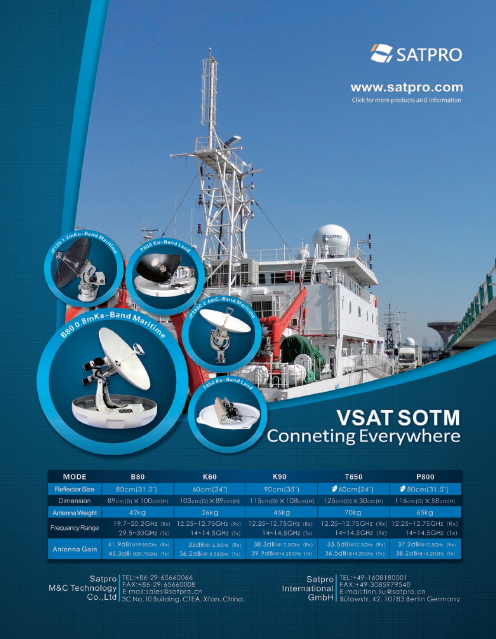
In today’s climate of vapid economies and tight budgets, it’s no surprise that consumers are searching for any opportunity to get maximum benefit from the lowest possible investment.
They’re looking for the best trade off between capital and operational costs, and in essence—to get a really good deal. But on the surface, some deals may appear better than they really are.

Q-MultiFlex™ STAR Network.
Years ago, I was on an installation down in Mexico where one of our guys fell in love with a leather coat that was on display at a local shop. The price was already suspiciously low and after an hour of brutal negotiation, he was able to drive it even lower. He was really beaming when the deal was finally done. It was a nice looking coat and he wore it proudly—always quick to point out the fact that he’d gotten such a great deal.
But after a week or so, we noticed an unusually high accumulation of flies that would follow Harvey around whenever he chose to don his imported integument. I’m not talking about regular houseflies. I’m talking about those big ones that always seem to show up right after something dies.
At the same time, we began to notice a rancid odor that was clearly emanating from that coat. When the smell finally became unbearable, he broke down and took it to a tailor who opened one of the seams only to discover that the backside of the leather was still covered with meat—rotten meat.
What Harvey thought was a great deal was in fact a complete rip-off. There was no way to fix it, so following a brief ceremony, we gave it a proper burial and tossed the experience to the annals of Hallmark moments. The moral here is that great deals aren’t always great when you have all the facts—facts that you might not get until the purchase is already done.
Take satellite networks as an example. Let’s say that you want to build a STAR network consisting of a hub and... let’s say 16 remotes. All you want to do is to link the hub and remotes with the least amount of grief and at a bargain price. You don’t want to get hit with any annual subscription fees for product features and you don’t want to pay a fortune to the satellite provider.
You want to be able to keep tabs on things remotely, but you don’t want to be buried under layers of network management complexity. You might not require high throughput, at least not initially, but you want plenty of expansion headroom to accommodate future growth—you just don’t want to pay for it up front.
Your network isn’t big enough to justify the cost of a VSAT hub, but you don’t want to purchase a big pile of SCPC modems either. So how do you get what you want without having to do an inordinate amount of analysis to ensure that you’re getting what you need without any surprises—no hidden meat? Well, I may have the perfect solution for you.
Let’s talk about Q-MultiFlex™—Paradise Datacom’s new multi-demodulator that’s built upon the Q-Flex satellite modem platform. In addition to a full-featured modulator, Q-MultiFlex™ contains either one or two 8-demodulator arrays that transform a Q-Flex™ modem into a powerful hub controller—all in a single rack unit.
Reducing the hub modem-count by 16:1 is just where the savings begins. The embedded features of Q-MultiFlex™ can provide a host of additional benefits. Just like Q-Flex™, the most sophisticated cache of network management tools, test instruments and traffic graphing tools in the industry are already embedded in every Q-MultiFlex™ modem. Traffic multiplexing, TCP/IP Link Acceleration, PCMA carrier cancellation, interference-detection and our proprietary XStream™ IP link-optimization feature-set are all contained within the modem’s architecture.

Teledyne Paradise Datacom’s Q-MultiFlex™ Demodulator
Just think, with everything contained in a single box, there’s a lot less to integrate. A reduced box count means fewer interconnects and no incompatibilities. There’s no need for an external IP processor, router, constellation monitor, spectrum monitor or BERT—and everything is remotely accessible through a standard Ethernet connection.
Q-MultiFlex™ allows operators at the hub location to configure the modems at the remote stations directly from the front panel keypad. But let’s suppose that during the process of remotely configuring one of the distant modems, an accidental input causes the link to drop. If the remote station is unmanned, there’s little choice but to send someone to the site to manually restore the link.

Teledyne Paradise Datacom’s Q-MultiFlex™ modem fitted with eight Demods.
But thanks to Reversionary Control—the remote modem will revert to a previously stored configuration so that the link will automatically be reestablished without the need for a site visit. This feature alone can save an operation thousands of dollars per year in travel expenses, particularly when the remotes are in difficult to reach locations.
A satellite network based on Q-MultiFlex™ is perfectly suited for thin-route applications, but it’s the high-data rate applications that take maximum advantage of Q-MultiFlex™. A Q-MultiFlex™/Q-Flex™ network can facilitate 160Mbps of duplex traffic, and thanks to DVB-S2X, FastLink LDPC and 5 percent roll-off filtering—a minimum amount of space segment is required to get there. And if antennas and HPAs are sized sufficiently, our embedded PCMA feature can generate an even higher level of savings by enabling the return carriers to reside in the shadow of the outbound carrier.
The bottom line—with Q-MultiFlex™ at the hub and Q-Flex™ modems at the remotes, users are able to achieve cutting edge efficiencies when it comes to transponder utilization and reduced latency with a minimal investment.
For further information, please visit: http://www.paradisedata.com/collateral/datasheets/213622_Rev-.pdf
Tony Radford is the Vice President of Sales and Marketing for Teledyne Paradise Datacom. Mr. Radford’s tenure in the satellite communications industry spans more than 30 years, and his book, Satcom Guide for the Technically Challenged, is used by companies around the world as a primer for their new employees.
Under The Hood Of The Q-Flex™ Satellite Modem
The new Q-Flex™ satellite modem is a software-defined modem running on a new universal hardware platform. The design makes it capable of doing whatever you need, now and in the future.
Q-Flex™ is a new, from the ground-up, design that incorporates current and new Evolution Series modem features that include an optimized spectral roll-off that can provide as much as 20 percent in bandwidth savings. When combined with other bandwidth-saving features, such as Paired Carrier and FastLink-LDPC, Q-Flex™ it provides an excellent value proposition for customers who want to squeeze everything they can from a transponder.
Using the latest chips, the total FPGA count has been reduced by half from the previous platform, all the while increasing the number of functions that can be performed directly on the motherboard. Lower parts-count means less current draw and, consequently, less heat.
Q-Flex™ is a true “one-size-fits-all” modem. What the modem can’t do out of the box can be accomplished with a simple flash-upgrade of additional features such as higher data rates, carrier-cancellation, higher modulation and FEC.
This future-proofed design ensures that your capital investment is fully protected by allowing functionality upgrades throughout a projected lifetime of 10+ years. Unit features include...
• 10X More Powerful Main Processor
• New Internet Protocol (IP) Engine
• Fully-provisioned IP Quality of Service (QoS)
• Capable of processing 150,000 IP packets per second
• Adaptive Coding & Modulation (ACM)
• XStream IP™— high-efficiency IP bandwidth-optimization and traffic-management
• Complete Network Diagnostics —any of which can be employed while carrying live traffic
• Wide-band Spectrum Monitor with Peak-hold
• Bit Error-Rate Tester with Fireberd-emulation
• Constellation Oscilloscope to 32APSK
• IP Packet-throughput Monitor interfering-signal detector



